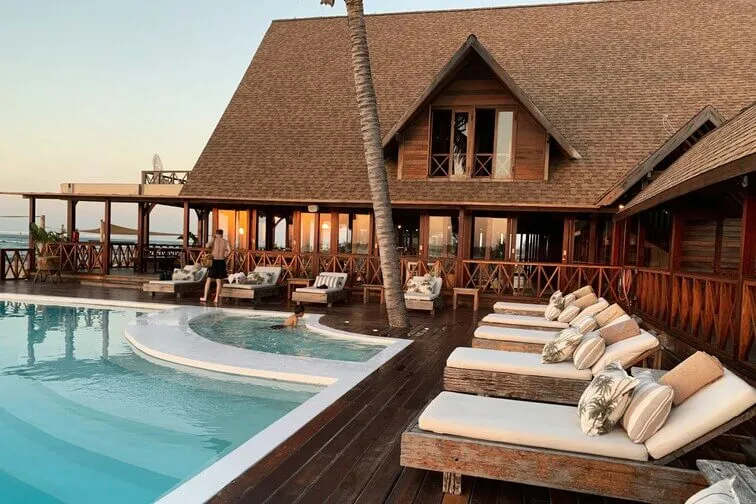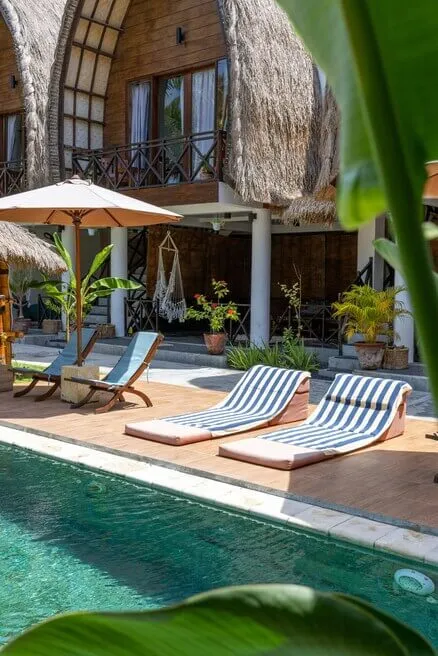
Basic Info
Ellora Cave No. 10
spot
Ratings & Description
Info
 Learn more insights from Wanderboat AI.
Learn more insights from Wanderboat AI.Plan your stay
Posts




Reviews
Reviews of Ellora Cave No. 10
Ellora Cave 10 (Top Pick)
Popularly known as “Viswakarma” (the celestial architect) and also as Sutar-ka-jhopra (Carpenter’s hut), this is the only chaitya (chapel) cave in the group. The local carpenters visit the cave frequently and worship Buddha as Viswakarma, the patron of their craft.
The cave is entered through a gate, cut into the natural rock, into a courtyard open to the sky, with cells to the right and left arranged in two storeys. The cells around the courtyard have...
Read moreNotable among the Buddhist caves is Cave 10, a chaitya worship hall called the 'Vishvakarma cave' (literally the cave of one who accomplishes everything, or the architect of the gods), built around 650 CE.It is also known as the "Carpenter's Cave", because the rock has been given a finish that has the appearance of wooden beams. Beyond its multi-storeyed entry is a cathedral-like stupa hall also known as chaitya-griha (prayer house). At the heart of this cave is a 15-foot statue of Buddha...
Read moreThe Viswakarma cave is also known locally as the Sutar ki jhopdi owing to the construction style. It is still a splendid work with a large open court in front surrounded by a corridor. Its pillars is carved with various representations.
The inner temple, consisting of central naïve and side aisles, measures 85 feet in length, 43 feet width and 34 feet height. The naïve is separated by the aisles by 28 octagonal pillars, 14 feet in height, with plain bracket capitals, while two more square...
Read more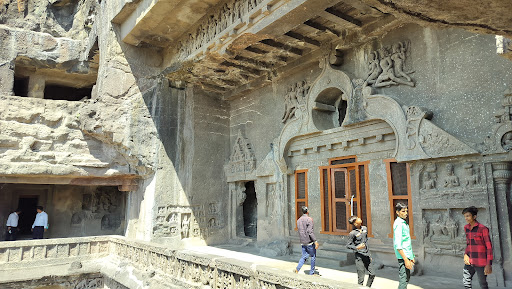
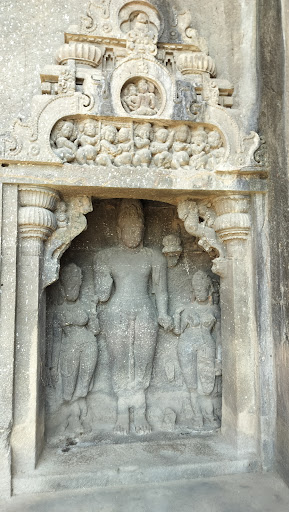
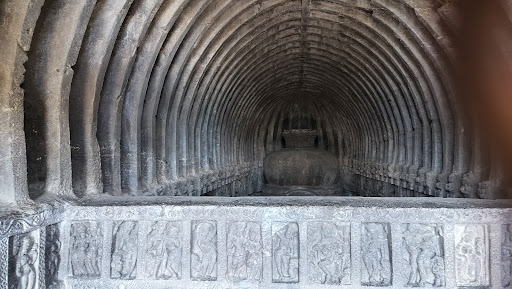
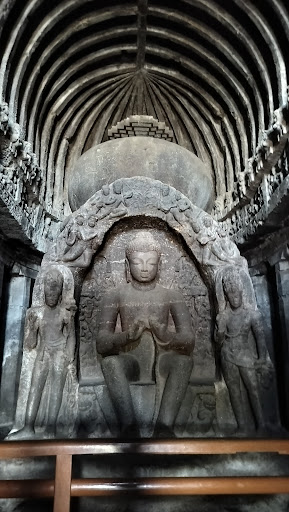
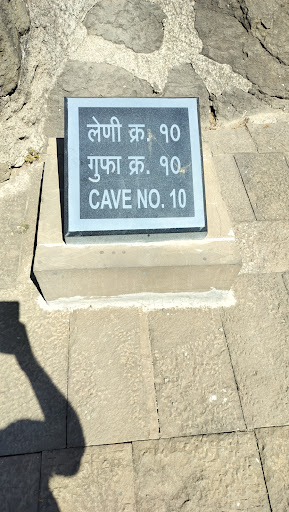
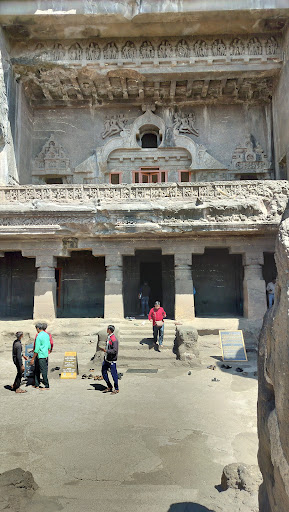
Nearby attractions of Ellora Cave No. 10
Kailasa Temple
Waghora Waterfall
Ellora Cave No. 29 The Dhumar Lena

Kailasa Temple
4.8
(4K)

Waghora Waterfall
4.6
(64)

Ellora Cave No. 29 The Dhumar Lena
4.7
(107)
Nearby restaurants of Ellora Cave No. 10
modern hotel
Garikipati Restaurant
Ellora Restaurant
Modern Restaurant
MAHARAJA RESTAURANT
Vrindavan Restaurant
Om Shanti Raswanti
Quality Restaurant
Tulsi Family Restaurant
Welcome Cafe

modern hotel
3.2
(4)

Garikipati Restaurant
4.3
(582)

Ellora Restaurant
3.6
(34)

Modern Restaurant
3.4
(8)
Sushant Kadam

Piyush Kabra
Vikas Singh


